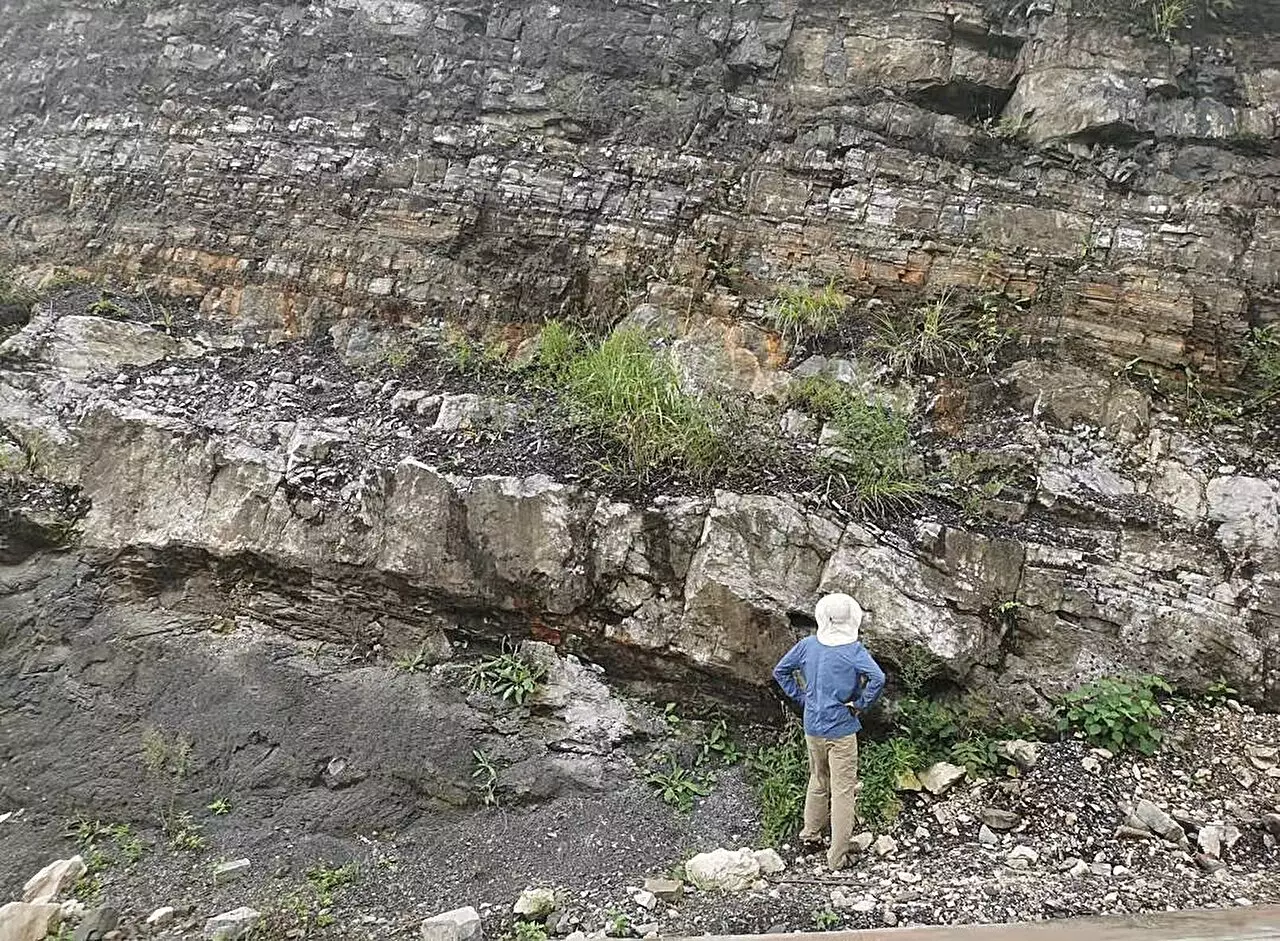The phenomenon known as “Snowball Earth” represents some of the most extreme climatic conditions our planet has ever experienced, with vast stretches of land and ocean encased in ice sheets up to one kilometer thick. These events have occurred sporadically throughout Earth’s history, and while they are not tied to specific cycles, they have generally lasted millions to tens of millions of years. What remains elusive in our understanding is the sequence of events that led to the end of these icy epochs, particularly how such drastic shifts in climate may have facilitated the blossoming of life, including the dawn of multicellular organisms.
Recent investigative work based at the University of Washington sheds new light on this critical link. By focusing on geological formations known as “cap carbonates,” which are believed to form as glaciers retreat, we can better elucidate both climatic transitions and biological developments that marked the end of the last Snowball Earth event around 640 million years ago.
Understanding Cap Carbonates: Nature’s Historical Record
Cap carbonates are geological formations comprised primarily of limestone and dolomite, distinguished by their unique chemical signatures. These sedimentary rocks are currently identifiable in over 50 locations worldwide, including regions such as Death Valley, Namibia, and Ireland. Their formation is a pivotal moment in Earth’s geological history, as they are laid atop the remnants of glacial deposits left after the Snowball Earth periods, acting as a “cap” that encapsulates environmental conditions during and after glaciation.
What makes cap carbonates particularly interesting for scientists is their role in chronicling variations in atmospheric composition and oceanic chemistry during extreme climate conditions. According to Trent Thomas, the lead author of the recent study, these rocks preserve critical data regarding the levels of carbon dioxide present in the atmosphere and the degree of acidity in the oceans that existed during this tumultuous period.
The recent advancements in understanding how the last Snowball Earth drew to a close reveal intriguing mechanisms at play. The research offers a coherent model that outlines the environmental changes involved during three distinct phases of the Snowball Earth cycle. In its most severe state, the planet was shrouded in thick ice, reflecting solar radiation and drastically limiting heat absorption. However, pockets of open water remained, allowing for some atmospheric exchanges and limited ocean circulation.
As these frozen regions started to thaw, the accumulation of carbon dioxide in the atmosphere occurred due to several geological processes, culminating in a greenhouse effect that gradually increased global temperatures. This warming enabled the glacial ice to melt, resulting in freshwater being released into the oceans, thereby creating multi-layered water columns that stymied normal oceanic circulation.
Eventually, though, the ocean’s dynamics would change once more. Enhanced mixing brought together the upper and deeper ocean layers, leading to the redistribution of nutrients and heat—factors crucial for the flourishing of life.
The Impact on Biological Evolution
The implications of these climatic transformations extend beyond geology, spanning into the realm of biology. For over two billion years leading up to these Ice Ages, life on Earth had remained predominantly simple, mainly comprising microbes and algae. This era, sometimes dubbed the “boring billion,” is characterized by minimal biological diversity and evolutionary advancement. However, the subsequent rapid warming and changes to the Earth’s surface conditions prompted significant biological changes, including the emergence of the earliest animals.
These findings propose a fascinating narrative wherein the so-called harsh conditions of Snowball Earth potentially acted as a crucible for life’s complexity to emerge. As conditions became less hospitable for simple lifeforms, it appears that the environmental shifts initiated a gradual transition towards more intricate organisms capable of surviving and thriving in newly available ecological niches.
The ongoing study of Snowball Earth events and their aftermath is an area ripe for exploration. Future research endeavors will likely delve into how isolated pockets of life managed to endure the severe climatic conditions of Snowball Earth. Furthermore, by examining these resilient lifeforms and tracking their evolution, scientists may uncover pivotal insights into the origins of complex life and the cascading effects of Earth’s ancient climates on the planet’s biological landscape.
As we deepen our understanding of Snowball Earth events through geological and atmospheric lenses, we unveil the mechanisms that not only shaped our planet’s climate but also catalyzed the diversification of life. These ancient events serve as critical reminders of the complex interplay between environmental conditions and biological evolution, enriching our knowledge of Earth’s history.

